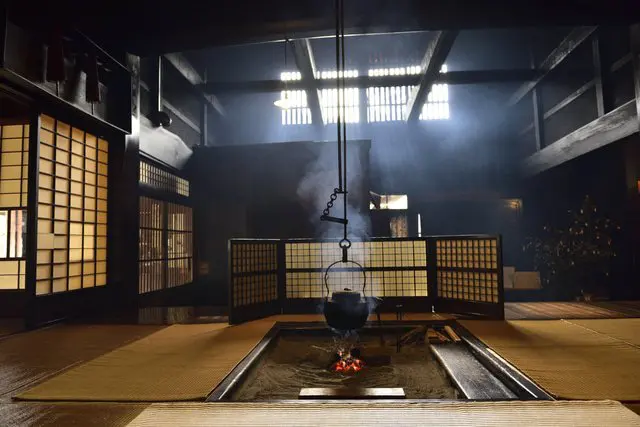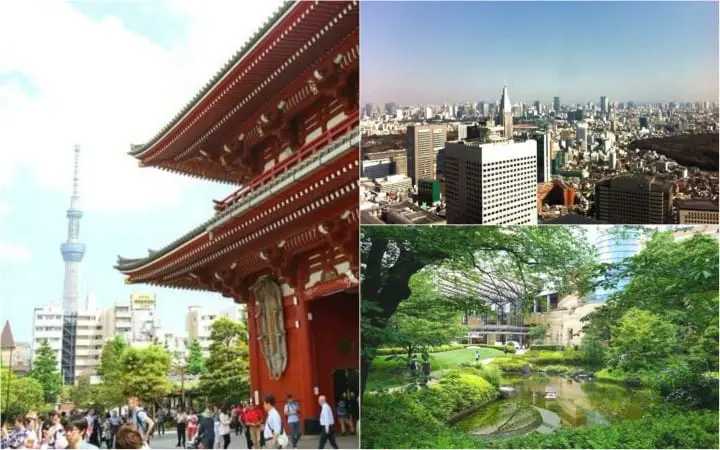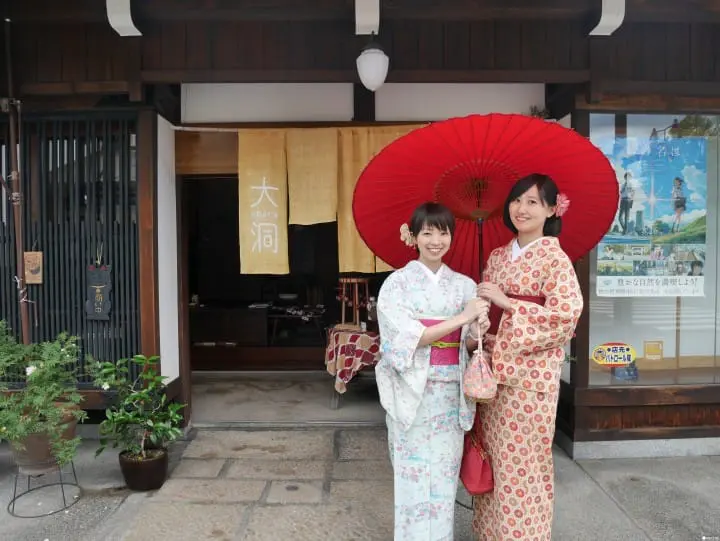Irori (Sunken Hearth) - Japanese Encyclopedia

Irori is a traditional sunken hearth that was an integral part of Japanese homes in the past. Found in the living room, the irori not only provided warmth but also helped cook and heat water inside a suspended kettle. We'll feature places where you can enjoy the sight and warmth of the homey hearth.

Photo from IRORI Nihonbashi Hostel And Kitchen – The Guesthouse With An Irori
An irori (sunken hearth) is a traditional fireplace found in the middle of a room. It is typically used in farmhouses throughout rural Japan. A square opening is cut in the floor to allow firewood and coal to be placed inside. This cozy hearth provides enough heat for the entire room.
Since it's the centerpiece of a room, families would gather around the irori during wintertime.
Five Functions in One? A Multi-Purpose Fireplace
The irori doesn't only heat up a room. In addition to providing warmth, the sunken hearth is used for cooking, lighting, drying clothes, and even improving the home's durability.
Let's first talk about cooking. After skewering some fish, place them around the irori to have grilled grub in no time.

photo by pixta
As pictured above, you can hang a pole from the ceiling then place a kettle to cook soup, boil water, and make various boiled dishes. By the way, the pole hanging from the ceiling is called a jizaikagi (pothook).
Next, let's address the lighting. When there was no electricity, the fire was an invaluable source of light in the past. When night fell, inhabits would even do needlework by the glowing charcoal.
The irori also took the place of a modern-day dryer. When clothes got wet in the rain, they were placed around the fire to dry.
The most surprising role is that it improves the durability of the home. Back in the day, people mainly lived in wooden houses. The heat rising from the hearth would draw moisture out of the wood, which would prevent the wood from rotting. The warm air also helped keep bugs out.
Where to Enjoy the Warmth of a Japanese Fireplace
Nowadays, few homes are equipped with an irori. However, you can still find old farmhouses, traditional Japanese households, and renovated hotels, cafes, and restaurants with a sunken fireplace.
MATCHA has even introduced several facilities where you can experience an irori firsthand.
For example, IRORI Nihonbashi Hostel and Kitchen is a cozy guesthouse with a fireplace where overseas visitors can congregate and chat.
On a cold winter's night, there's nothing like feeling cozy near an irori fireplace together with family and friends.
MATCHAで編集やってます植松です。87世代。


































![[2026] Top 5 Strawberry Picking Spots in Tokushima, Naruto| Farms and Access Guide for January to May](https://resources.matcha-jp.com/resize/720x2000/2025/03/06-227165.webp)
![[Yamanashi/ Hokuto City] 4 Hot New Spots Opening in 2026](https://resources.matcha-jp.com/resize/720x2000/2025/12/12-252747.webp)

